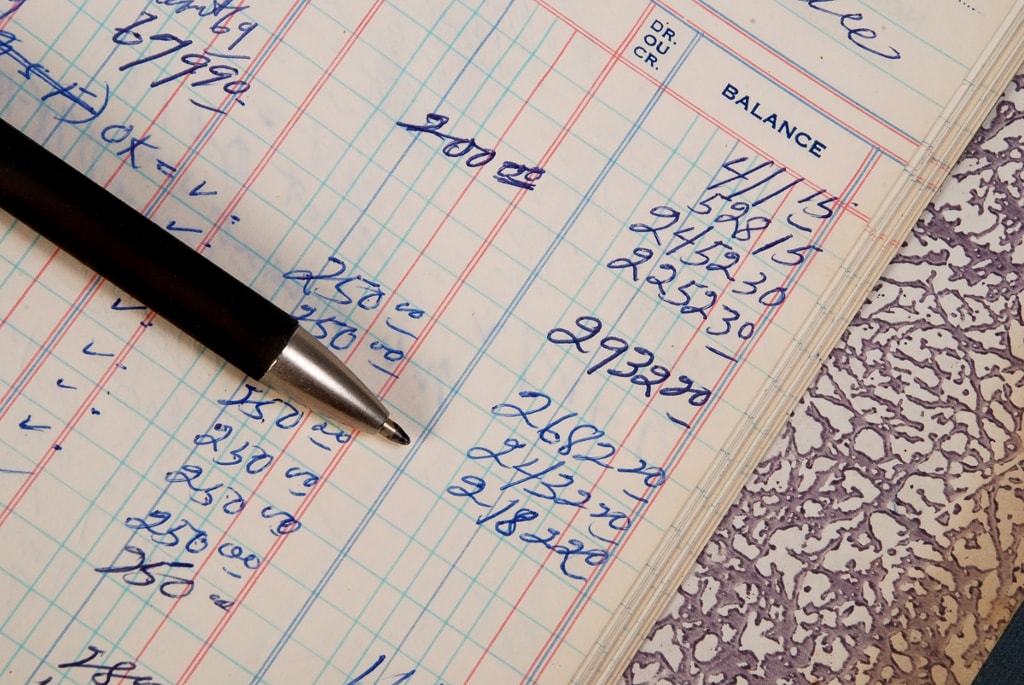ZIMSEC O Level Principles of Accounts Notes: Source Documents: Three Column Cash Book: Discount Received
- It is customary for businesses to sell goods on credit
- In order to encourage prompt payment a business might offer a cash discount
- In such instances the business will accept a lesser amount in settlement of a debt in exchange for early payment
- On the other hand the business might also receive a cash discount from its suppliers
- In such cases the business will be allowed to pay a discounted amount
- Discounts on purchases are known as Discount Received
- Discount Received– this is when a business is allowed to pay an amount below the one shown on the invoice by its creditors
- There are two ways to record Discount Received on the books
- Using the Discount Received Account for each transaction and a two column Cash Book
- Using the three column Cash Book and then transferring the total Discount Received to the Discount Received Account at the end of each period
- The business will have to choose its preferred method of dealing with
The entries required to record Discount Received
- If a two column Cash Book is being used and each Discount Received transaction is recorded in the Discount Received Account:
- To record the purchase:
- Debit the Purchases Account in the General Ledger
- Credit the Creditor’s Account i.e the name of the creditor in the Purchases ledger
- To record the payment:
- Debit the Creditor’s Account i.e. the name of the creditor in the Purchases Ledger with payment amount
- Credit Cash/Bank with the amount of the payment
- To record the Discount:
- Debit the Creditor’s Account i.e. the name of the creditor in the Purchases Leger with the discount received amount
- Credit the Discount Received Account with the discount received amount
- At the end of the trading period:
- Debit the Discount Received Account with the total of Discounts Received for the period
- Credit the Profit and Loss Account with the total discount received for the period/Add Discount Received to Gross Profit for the period as additional income
- To record the purchase:
- If the business uses a three column Cash Book and a Discount Received Account:
- To record the purchase:
- Debit the Purchases Account in the General Ledger
- Credit the Creditor’s Account i.e the name of the creditor in the Purchases ledger
- To record the payment:
- Debit the Creditor’s Account i.e. the name of the creditor in the Purchases Ledger with payment amount
- Credit Cash/Bank with the amount of the payment
- To record the Discount:
- Record the discount amount on the credit side of the Cash Book in the same line with the amount paid
- Debit the Creditor’s Purchases Account i.e. the name of creditor in the Purchases Leger with the discount received amount
- At the end of the trading period:
- Transfer the total amount of the total discount received for the period to the credit side of the Discount Received Account in the General Ledger
- Debit the Discount Received Account with the total of Discounts Received for the period
- Credit the Profit and Loss Account with the total discount received for the period/Add Discount Received to Gross Profit for the period as additional income
- To record the purchase:
NB This all seems to be a mouthful but the example here will help you understand the entries. Click here to see a simple example
To access more topics go to the Principles of Accounts Notes.



